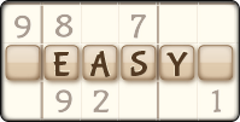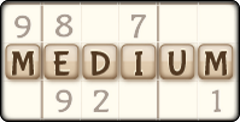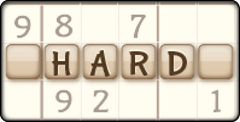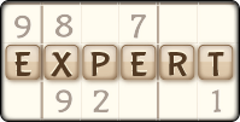What Is Candidate Mode in Sudoku? A Guide to Efficient Solving
If you’re reading this, you’re likely already familiar with the grid-based logic puzzle, Sudoku. However, you might not be familiar with “Candidate Mode,” a tool that can be incredibly useful for improving efficiency, speed, and accuracy. Here, we’ll take a closer look at what Candidate Mode is, how to better use it, why it works os well, as well as mistakes you should avoid.
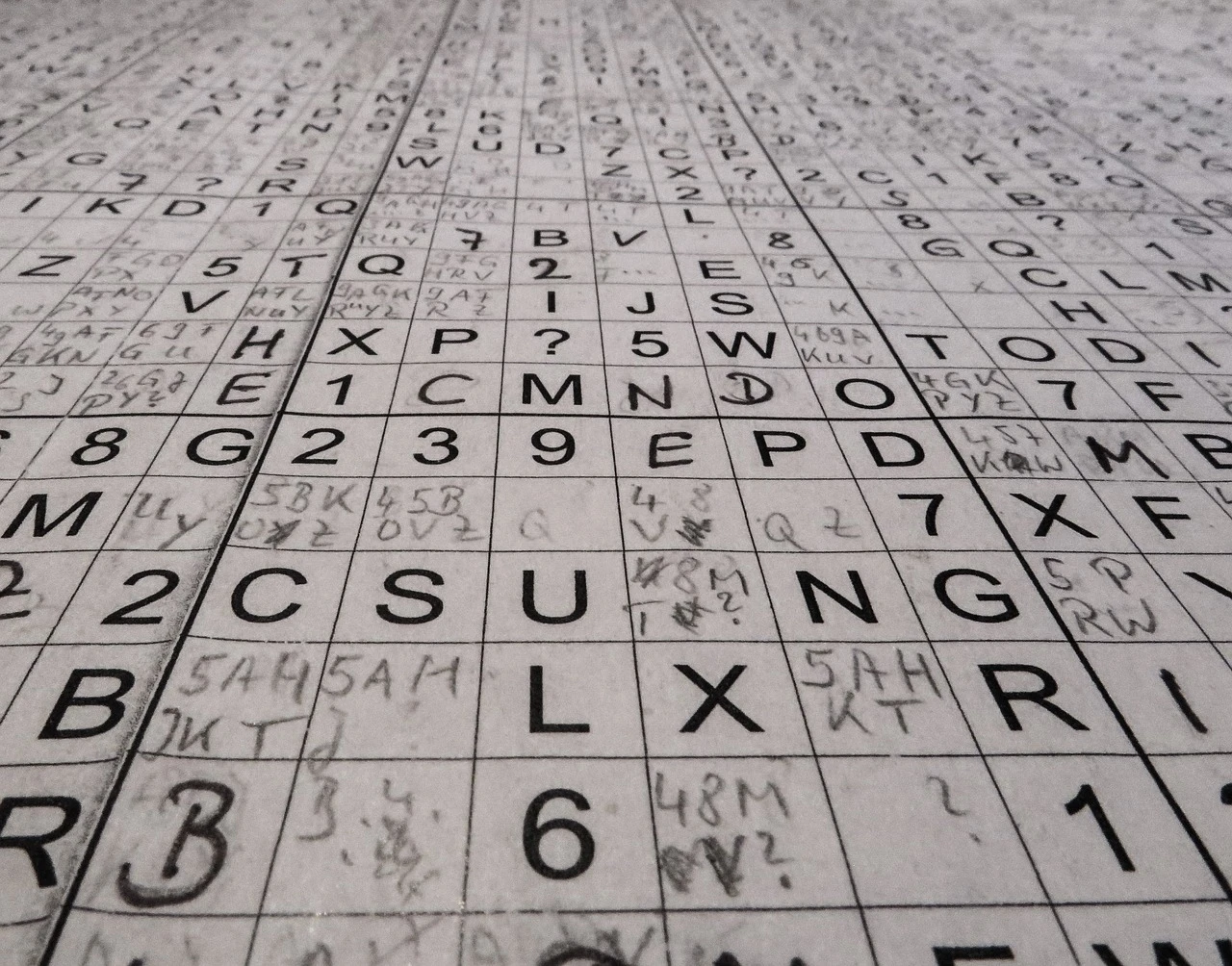
Understanding Candidate Mode
Candidate Mode is a mode of playing Sudoku that involves marking down the potential numbers, or “candidates” that can fit in each cell. You note down which candidates are possible based on which numbers are already in other cells on the same row, column, or 3x3 block, eliminating them as options. There are finite candidates for every cell, from one to nine, so eliminating them can be vital to your game.
As direct solving is more difficult in advanced puzzles, using candidate mode is a necessary skill to keep track of potential solutions, narrowing them down as you go.
Candidate Mode can be used in two main ways:
- Pencil Marks: This traditional method involves manually writing small numbers in empty cells, listing all the possible candidates.
- Digital Tools: Most online Sudoku platforms have a "Candidate Mode" feature that automatically fills in candidates for each cell based on current entries, updating them as the puzzle progresses.
By using Candidate Mode, solvers can avoid guesswork and work systematically toward solving the puzzle.
How to Use Candidate Marks
If you’re not using auto-candidate modes, then you should develop your strategies for using candidate marks effectively, wit this step-by-step guide:
Step 1: Initial Candidate Placement
Start by going cell-to-cell, marking down the candidates based on which numbers are already in the corresponding rows, columns, and blocks. Write down all possible candidates in the cell, benign sure that you’re erasing every number already featured in the pattern.
Step 2: Narrowing Down Candidates
Every time you fill in a number or pattern of numbers, be sure to erase them as candidates in other cells sharing the row, cell, or block. This can also help you quickly spot cells where only one candidate is left.
Step 3: Cross-Referencing
Candidate Mode helps you cross-reference between different rows, columns, and blocks. If a number can only fit in one cell of a block or row due to the candidates present in surrounding cells, you can confidently place that number.
Effective candidate marking requires regular updating and close attention to detail to ensure you don't miss opportunities to place numbers.

Benefits of Candidate Mode
Starting by filling in all of the potential candidates for each cell might seem like it would take up time, but there are significant advantages to taking this slower start.
Improves Accuracy
Mistakes are huge time-wasters in Sudoku puzzles, as you can spend a lot of time failing to spot them, and even longer correcting them. Having a clear overview of the potential values for each cell makes you a lot less likely to make mistakes or erroneous guesses.
Simplifies Complex Puzzles
In advanced Sudoku puzzles, direct solving methods may not always work. Candidate Mode breaks the puzzle down into manageable steps, allowing you to progress methodically. This is especially useful when solving puzzles rated as "hard" or "expert," where it becomes difficult to place numbers without first eliminating candidates.
Speeds Up Solving Time
While writing in candidates initially might take more time, it saves you a lot of time down the line,. You can much more quickly identify where to place numbers when you’re able to narrow your options across the board, and by cross-referencing after each solution, you can quickly find which solutions logically follow the last.
Encourages Logical Deduction
Candidate Mode focuses on the logical side of Sudoku, eliminating options and finding single available solutions for each cell. It helps you quickly get a grasp of that side of the game, rather than trying to guess.
Helps Spot Advanced Patterns
Candidate marks make it easier to recognize more advanced solving techniques, such as Naked Pairs, Hidden Singles, X-Wing, and Swordfish. By analyzing the candidates across rows, columns, and blocks, you can spot patterns that would otherwise be invisible.
Common Mistakes to Avoid
Candidate Mode can help you avoid mistakes, but it’s not foolproof. Here are a few mistakes to keep in mind as you’re using it.
Over-marking
You want to make sure that you’re not adding more marks than necessary, as it can clutter up grids and make them tough to read. Start by eliminating the clearly incorrect solutions so that the cell remains easier to read.
Failing to Update Candidates
Remember to update your candidates as the puzzle progresses, as soon as you solve a cell or a pattern. Otherwise, you can accidentally operate using candidates that should have already been eliminated later on when you forget about having found their place already.
Ignoring Simple Deductions
Sometimes solvers get so focused on candidate marks that they overlook obvious placements. Always scan the puzzle for single candidate cells or cells where only one position is available for a certain number before relying heavily on marks.
Over-reliance on Digital Tools
The auto-candidate features on online Sudoku games can be super useful, but they can also prevent you from improving your own logic skills. Try practicing with manual candidate mode to improve your game.
Integrating with Other Techniques
Candidate Mode can be seamlessly integrated with other solving techniques to further enhance your Sudoku-solving skills. Here’s how you can combine Candidate Mode with key strategies:
Naked Singles
A naked single occurs when a cell has only one possible candidate. If you use Candidate Mode, this technique becomes more apparent because the single remaining candidate stands out.
Hidden Singles
Hidden singles are candidates that are the only option for a number in a row, column, or block, even though multiple candidates may be present in other cells. Candidate Mode helps identify hidden singles, as you can visually scan for numbers that only appear in one place within a particular segment.
Naked Pairs and Triples
If two cells in a row, column, or block contain the exact same two candidates, they form a "naked pair," meaning those two numbers must occupy those two cells. By integrating Candidate Mode, you can easily spot naked pairs or triples, allowing you to eliminate those candidates from other cells in the same row, column, or block.
X-Wing and Swordfish
For more advanced players, Candidate Mode can help identify X-Wing or Swordfish patterns, where a number is limited to two or three places across multiple rows or columns. These patterns eliminate that number from other cells, providing a crucial step in solving difficult puzzles.
By integrating Candidate Mode with these techniques, you open up new ways of solving and can handle even the most complex puzzles with confidence.
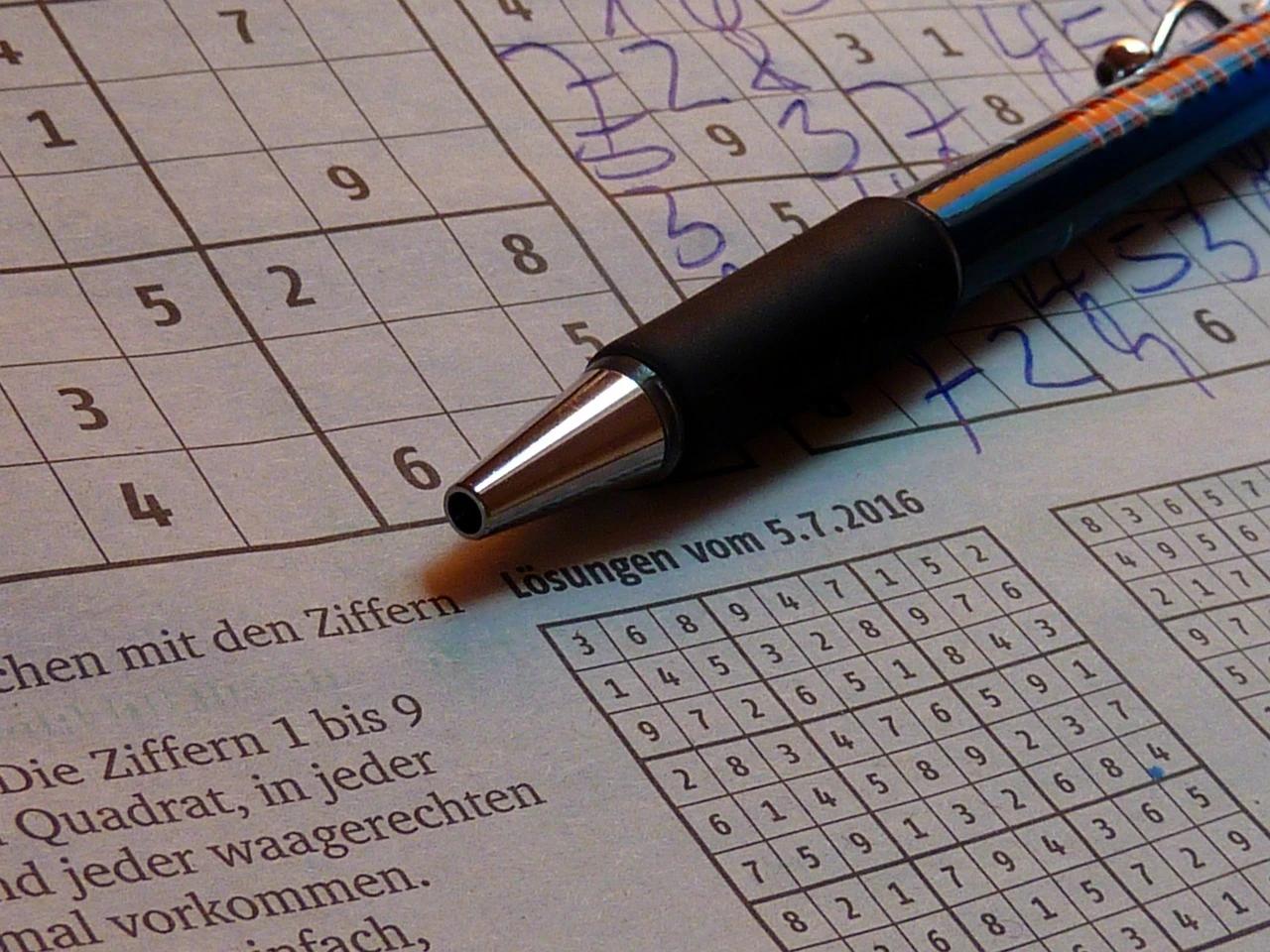
Example of Candidate Mode in Action
Let’s look at an example to see Candidate Mode in action:
Starting with an empty cell in the middle of the grid, imagine scanning the rows, columns, and blocks, discovering that the numbers 1, 4, 5, and 7 are already there, leaving you with the candidates 2, 3, 6, 8, and 9.
With Candidate Mode, you write these candidates in each cell as pencil marks. As you solve the puzzle, you spot a 6 in a neighboring cell, eliminating it from the potential candidates, which also narrows down your candidates to 2, 3, 8, and 9.
Placing 3 in the same row later, eliminate that, leaving you with 2, 8, and 9 in the same grid. After spotting a 9 in the column,m it leaves 2 and 8. If you spot either a 2 or 8 in the grid, row, or column later, it will leave you with a single solution. Otherwise, you continue on with other parts of the puzzle, cross-referencing back when you find new soltuiosn.
Tips for Effective Use
To make the most of Candidate Mode, consider the following tips:
Stay Organized
Maintain neat and legible candidate marks to avoid confusion. Messy grids lead to mistakes and wasted time.
Prioritize Obvious Deductions
Use Candidate Mode only when necessary. If a cell can be solved without needing candidates, do so to reduce the workload later.
Practice Candidate Management
On larger puzzles, it’s easy to lose track of which candidates need updating. Make a habit of reviewing and refreshing pencil marks every time you fill in a new number.
Learn When to Transition
As you approach the end of a puzzle, candidate marks become less necessary. Transition to filling in numbers directly when it’s clear which values belong where.
Enhancing Solving Efficiency
Improve your game by enhancing how efficiently you can use Candidate Mode with the following tips:
Combine Candidate Mode with Scanning
Rather than filling in the entire grid with candidates, scan the grid first to get an idea of which numbers are already taken, allowing you to limit which candidates you have. Sometimes, you can directly deduce numbers first, preventing you from wasting time.
Streamline Candidate Updates
As soon as you place a number, eliminate that candidate in applicable cells. Get used to this quick cross-referencing so you can build a flow.
Train with Timed Puzzles
Practice using Candidate Mode in timed puzzles to improve your efficiency. The more you practice under pressure, the quicker and more accurate your candidate mark placement and updating will become.
Master Candidate Mode To Master Sudokue
Candidate Mode is an essential tool for anyone looking to improve their efficiency at Sudoku, or who is looking to solve more advanced puzzles. Practice using it and avoid over-use of auto Candidate features so that you develop the logical skills that can make you a Sudoku Master.
Sudoku Levels
Seasonal Sudoku Games
More Games
Sudoku News
Disclaimer
DISCLAIMER: The games on this website are using PLAY (fake) money. No payouts will be awarded, there are no "winnings", as all games represented by 247 Games LLC are free to play. Play strictly for fun.

